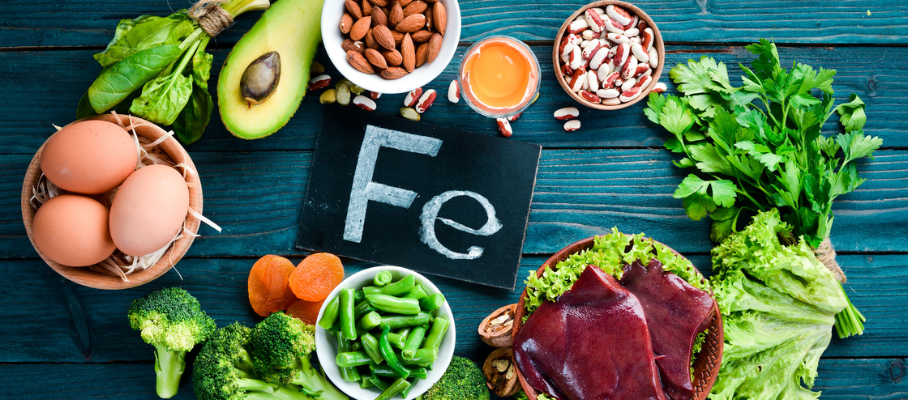
Iron is an essential trace element for the human body. It not only participates in the synthesis of hemoglobin, enabling the smooth transport of oxygen, but also serves as a raw material for the synthesis of various enzymes and immune compounds, playing a role in enhancing immunity. Despite its importance, iron deficiency is a common condition. According to estimates by the World Health Organization, approximately 4 billion people worldwide lack iron, and the iron deficiency situation is particularly severe among women, children, and the elderly in our country. Next, let’s talk about the signals that the body may emit when it lacks iron.
The first sign is easy fatigue. A lack of iron leads to insufficient production of hemoglobin in the body, resulting in reduced oxygen transport to various organs and tissues and inadequate cellular energy supply, leading to fatigue and weakness. To compensate for the lack of oxygen, the heart must pump blood at an accelerated rate, which can result in rapid heartbeat. Even a slight movement can cause shortness of breath and profuse sweating. The second symptom is chronic headaches, which are also related to the lack of oxygen caused by insufficient hemoglobin. Oxygen deprivation can cause blood vessels in the brain to dilate and intracranial pressure to increase, leading to headaches, primarily throbbing in nature. If the brain is deprived of oxygen for a prolonged period, it can also affect nerve conduction function, resulting in a decline in cognitive function and even the occurrence of dementia. The third symptom is pale complexion, brittle nails, hair loss, and other changes in appearance, which are related to inadequate nutrient supply caused by iron-deficiency anemia. In addition, if one frequently experiences recurring colds that are slow to heal, it should also be considered whether it is related to impaired immune function caused by iron deficiency.
So, how can we supplement iron in our daily lives? Iron in food exists in two different forms: heme iron and non-heme iron. Heme iron is typically found in meat and can be directly absorbed by the epithelial cells of the intestinal mucosa. Beef, fish, and animal organs are good choices for iron supplementation. Non-heme iron mainly exists in plants in the form of complex compounds, and seaweed, spinach, nori, and black fungus have relatively high content. However, the absorption rate of non-heme iron is relatively low and needs to be reduced to ferrous ions before it can be utilized by the body. Therefore, increasing the intake of vitamin C alongside iron supplementation can promote the conversion of non-heme iron. Additionally, those with iron requirements can also consider taking iron supplements appropriately. However, it is important to remind everyone that like other nutrients, both insufficient and excessive iron intake can be harmful. It is recommended to confirm your iron deficiency through medical examination and then scientifically supplement under the guidance of a doctor.